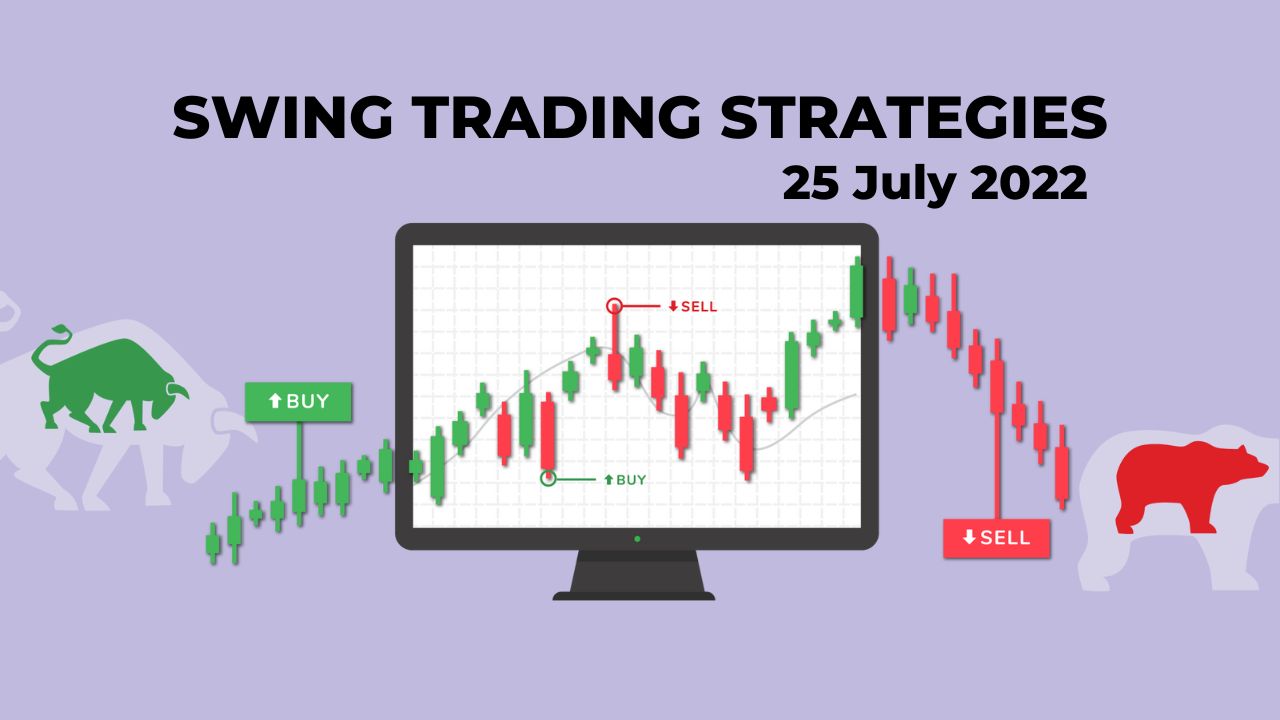
Treasury securities are a great option, whether you want to make interest on your savings or lend to the government. They are the most secure investments, and have a low risk of default. A Treasury security is backed 100% by the United States' full faith, credit and ability. There are many types available for Treasury securities. These include bonds, bills and notes.
Treasury bills are issued to investors and are available in a variety of maturities. Short-term Treasury bills have a maturity of 28 days and are issued weekly, while long-term Treasury bills have a maturity of one to 30 years. Generally, the interest rates on short-term Treasury bill are low. The interest rate on short-term Treasury bills is usually low. However, this could lead to a decrease in the return on these securities if they rise. Many Treasury bills are callable. This means that they can be called at a specific time for redemption. These securities are often held by commercial banks. Individual investors may also invest in Treasury bill securities.

One type of Treasury security is the savings bonds. They are issued at an agreed upon face value and with an interest rate. The principal of the bond is payable to the buyer at its end. Interest is usually paid every six-months. A savings bond is not listed on the secondary marketplace like other Treasuries. A savings bond can still be redeemed within one year of its purchase. In fact, many people purchase savings bonds in order to save for retirement.
T-bills can be short-term Treasury securities. They are issued weekly or monthly. These securities mature in less than two year, so the interest rate is typically low. T-bills are callable, meaning that they can be redeemed by the issuer at any time. They can be transferred, however, so if the issuer decides to sell the T-bills, the investor will get the money. These securities are sold most commonly at auctions. These securities require a bid. The first person to place an order will receive the first filling. In order to place a bid, the investor will need to provide his or her United States social security number, and a valid U.S. email address. A T-bill is available from either the government or a financial institution. The interest earned on these securities is tax-free, as long as the interest is earned at the federal level.
Treasury bonds are long term securities that mature between 20 and 30 years. The interest rates on these bonds are stated in advance and are set by the Federal Reserve banks. These bonds can be considered low-risk investments as they are backed up by the full faith, credit and assurance of a respected government. However, these bonds aren't insured against inflation or interest rates risks. Therefore, investors should be careful when choosing these securities.

Another type of Treasury security is the Treasury Inflation Protected Security (TIPS). They are issued at face price and pay a periodic interest. The Consumer Price Index adjusts the principal. TIPS can also be backed by America's full faith and credit. They can mature in five, ten or twenty years.
FAQ
What is the difference between non-marketable and marketable securities?
The main differences are that non-marketable securities have less liquidity, lower trading volumes, and higher transaction costs. Marketable securities on the other side are traded on exchanges so they have greater liquidity as well as trading volume. You also get better price discovery since they trade all the time. But, this is not the only exception. Some mutual funds are not open to public trading and are therefore only available to institutional investors.
Non-marketable securities tend to be riskier than marketable ones. They generally have lower yields, and require greater initial capital deposits. Marketable securities are generally safer and easier to deal with than non-marketable ones.
A large corporation bond has a greater chance of being paid back than a smaller bond. Because the former has a stronger balance sheet than the latter, the chances of the latter being repaid are higher.
Investment companies prefer to hold marketable securities because they can earn higher portfolio returns.
What is the trading of securities?
Stock market: Investors buy shares of companies to make money. Shares are issued by companies to raise capital and sold to investors. Investors then resell these shares to the company when they want to gain from the company's assets.
Supply and demand determine the price stocks trade on open markets. The price of stocks goes up if there are less buyers than sellers. Conversely, if there are more sellers than buyers, prices will fall.
There are two methods to trade stocks.
-
Directly from your company
-
Through a broker
What role does the Securities and Exchange Commission play?
SEC regulates brokerage-dealers, securities exchanges, investment firms, and any other entities involved with the distribution of securities. It also enforces federal securities law.
Statistics
- For instance, an individual or entity that owns 100,000 shares of a company with one million outstanding shares would have a 10% ownership stake. (investopedia.com)
- Our focus on Main Street investors reflects the fact that American households own $38 trillion worth of equities, more than 59 percent of the U.S. equity market either directly or indirectly through mutual funds, retirement accounts, and other investments. (sec.gov)
- US resident who opens a new IBKR Pro individual or joint account receives a 0.25% rate reduction on margin loans. (nerdwallet.com)
- "If all of your money's in one stock, you could potentially lose 50% of it overnight," Moore says. (nerdwallet.com)
External Links
How To
How to Trade Stock Markets
Stock trading is the process of buying or selling stocks, bonds and commodities, as well derivatives. Trading is French for traiteur, which means that someone buys and then sells. Traders sell and buy securities to make profit. It is one of oldest forms of financial investing.
There are many methods to invest in stock markets. There are three main types of investing: active, passive, and hybrid. Passive investors simply watch their investments grow. Actively traded traders try to find winning companies and earn money. Hybrid investor combine these two approaches.
Passive investing is done through index funds that track broad indices like the S&P 500 or Dow Jones Industrial Average, etc. This strategy is extremely popular since it allows you to reap all the benefits of diversification while not having to take on the risk. You can just relax and let your investments do the work.
Active investing is about picking specific companies to analyze their performance. An active investor will examine things like earnings growth and return on equity. Then they decide whether to purchase shares in the company or not. If they feel the company is undervalued they will purchase shares in the hope that the price rises. If they feel the company is undervalued, they'll wait for the price to drop before buying stock.
Hybrid investment combines elements of active and passive investing. For example, you might want to choose a fund that tracks many stocks, but you also want to choose several companies yourself. This would mean that you would split your portfolio between a passively managed and active fund.